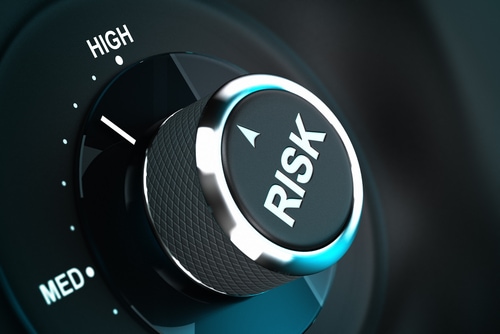- Summary:
- As 2020 get underway, the Fear and Greed index is near its record high from 2017. What does this mean for the S&P 500? Read to find out.
What a year! Twelve months ago, the CNN Fear and Greed index was at an “Extreme Fear” level of 12 points, and following that bearish reading on December 31, 2018, the S&P 500 index added about 28 percent.
Today, the latest reading is at 93, suggesting “Extreme Greed,” and the last time the Fear and Greed index was around the same levels was in late 2017. At that time, the index added another 5.71% in Q4, 2017, before ending the year. And in January 2018, the S&P 500 added another 6%, before tumbling 11% in Q1 2018.
This means, that today’s Fear and Greed level of 93 does not have to suggest a significant high is pending, but it does indicate that the return will probably not be as good as it was following the bearish reading on December 31, 2018.
The reason for that is that historically when most of the market participants are fearful, it is usually time to buy, and when the markets are cheerful, it is often time to sell. Out of that, trading maxis like Nathan Rothschild’s “Buy on the sound of cannons, sell on the sound of trumpets,” developed.
The CNN Fear and greed index is made up of seven gauges to create one index, and today it is just the VIX index gauge that is at natural, as the VIX is resting just above its 50-day moving average, all other indicators are at extreme greed. Caution is therefore warranted, and I think long-term investors will wait for a stronger correction before adding their risk to the stock markets.
Read our Best Trading Ideas for 2020.
In the short-term, the S&P 500 is just resting below its 2019 high of 3254.2, and the overall trend remains upwards above the December low of 3068.4. If the index manages to take out the 2019-high, then it will probably trigger further gains, and the December 31 low of 3213.8 will be the new short-term trend-defining level. This means that traders will use the December 31 low as the trigger level for their stop-loss orders. The December 31 low at 3213.8 is also well-defined, so if the market were to trade below this level, it might trigger a more significant correction, causing the index to reach the December 2 high at 3157.6.


